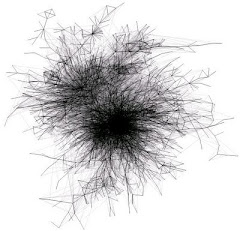Introduction
There is a twofold reality concerning cities. On the one hand, they are the locus of many of our most well-rehearsed national problems (Amin, Massey & Thrift, 2000), but on the other, they can be considered among the brightest stars in the constellation of human achievement (Rees & Wackernagel, 1996). Therefore, they are sinks of challenges, but also sources of creativity and hope (Amin, Massey & Thrift, 2000).
The nature and variety of challenges which cities have faced during their existence have differed widely. At the very beginning, the first human agglomerations or ‘walled cities’ were shelters against invasion, starvation and wild elements. Then the Greco-Roman cities can be considered the origins of politics, democracy and citizenship but also were centres of slavery and injustice. Much later, the Victorian industrial metropolis was locus of poverty, grime and disease as well as generators of moral revolutions (Amin, 2006). Nowadays cities are recognized as being arenas for social inequalities and major causes of natural resource degradation. Moreover, since the first years of the last century, these problems have been increasing due to the progressive urban population growth. In this sense, according to the last World Urbanization Prospect report, within 40 years almost the 70% of the total population will live in cities (World Urbanization Prospects, 2007). As mentioned by Amin (2006), the human condition has become the urban condition, and hence, the future of mankind is now (more than ever) closely linked to the destiny of our cities.






